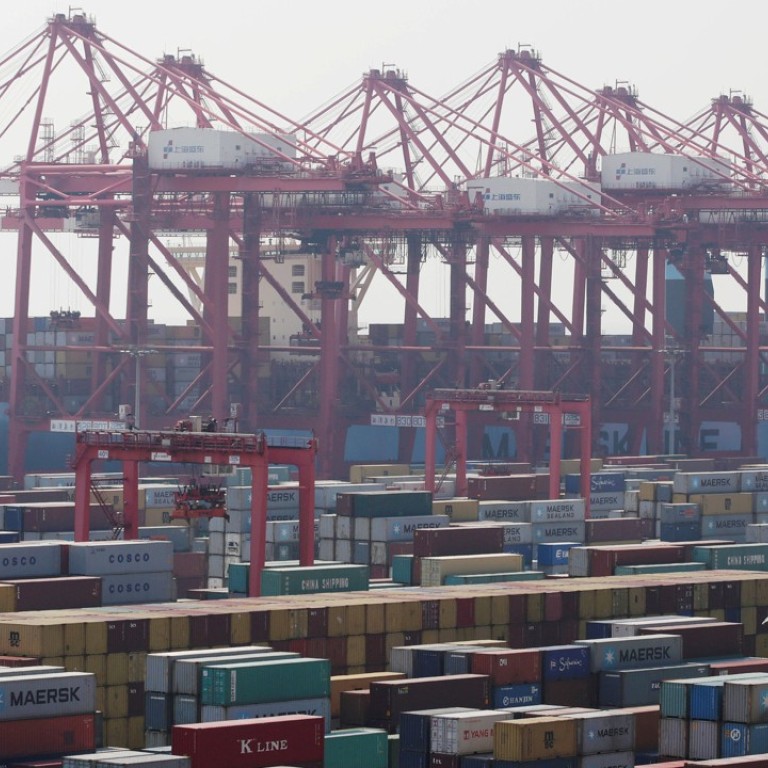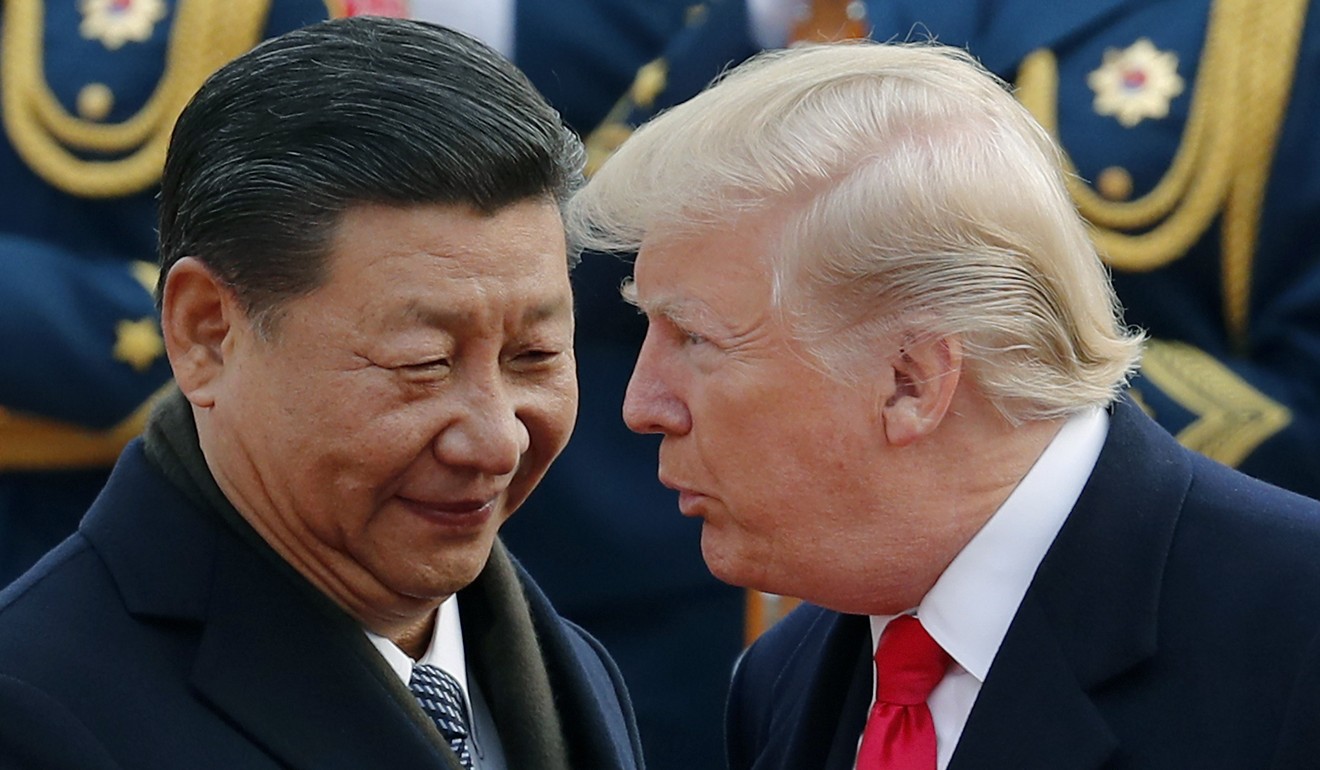
Why investors must beware of the US need to ‘do something about China’
Washington could take more action against China for domestic political purposes, but the risk of a miscalculation leading to a trade war is real
The recent escalation of protectionist rhetoric and actions from the US must have given some people a sense of déjà vu. When Donald Trump first entered the White House just over a year ago, a trade war between the world’s two largest economies, the US and China, was one of the greatest fears of global investors.
Fortunately, the relationship has got better over 2017 as the US needed China’s help to contain North Korea, and the two presidents got on well at Trump’s Mar-a-Lago estate and in the Forbidden City in Beijing.
However, protectionism has not vanished into thin air. Over the recent weeks, not only has hawkish rhetoric been dialled up a notch, but tangible actions have followed, with the US imposing tariffs on imports of solar panels and washing machines, while a number of high-profile Chinese investments in the US have been blocked. The level of economic tension has ratcheted up, and fears of a full-blown trade war are now back on investors’ radars.
On pure economic grounds, an all-out Sino-US trade war would be a catastrophe for today’s integrated global economy. Not only would China, and those who rely on China in the global supply chain, suffer a great deal, but the US would also take a hit from both China’s retaliation and the reverberations of its own actions.
The latter could come from two channels. First, almost 60 per cent of Chinese imports to the US are consumer products, such as electronics, apparel and household appliances. Any severe tariffs on these goods would inevitably lead to a price pass-through to the end consumer. This would cause a surge in US CPI inflation, potentially forcing the Federal Reserve to act more aggressively, as well as an erosion of real purchasing power of US consumers, undermining household spending. There would also be a hit to retailers’ profits, hurting their investment and stock prices.
The second channel of impact would be via supply-chain spillovers. Take iPhones as an example. China, as the final assembly line of the product, accounts for less than 2 per cent of the profit a phone generates. Restricting iPhone imports from China may end up hurting Japan, Korea, Taiwan and the EU more, as China sources more expensive inputs from them. But the biggest loser would, of course, be Apple, which takes more than 60 per cent of all iPhone profits. If the US were to pick a fight with China, it would in fact be picking a fight with itself and the rest of the world.

Besides risking its own actions backfiring, the US may also suffer from Chinese retaliation. If pushed into action, China has three weapons to fight back: tit-for-tat trade measures, which could undermine US exports to China; retaliation against US companies based in China; and dumping its vast, US$1.2 trillion holding of US Treasury bonds.
Even if Trump could dodge these bullets, would his protectionist measures truly turn the US’ trade position around? Highly doubtful, in our view.
This is because in many targeted industries where Chinese products are dominant, US firms are hopelessly uncompetitive. Hence, by forcing China out of these markets, the US may end up shifting its deficit from China to other countries. Some, such as Mexico and Vietnam, would stand to benefit from China’s exit, but their scales of supply are too small to replace China completely. Some price increases appear to be inevitable, and ultimately, it would be US consumers who would have to foot the bill for Trump’s actions.
These economic ramifications have led us to think that a severe trade war – described by Trump as an across-the-board 45 per cent tariff on all Chinese imports – was never really a practical action for a business-savvy president.
However, it would be too naive to think of Trump’s trade decisions as pure economic policies, without factoring in the political calculation.
For Trump, pressuring China on trade could help him to win bargaining chips in future economic and geopolitical negotiations. The former could involve demanding that China open up its financial system, allowing US firms, which do have a comparative advantage in this field, to gain greater market access.
In addition, naming China as a strategic “adversary” could help Trump divert public attention from his domestic troubles, and retain support from those who favour a hardline stance against China.
In sum, we think the need to “do something about China” will lead Trump to instigate more “partial actions” via trade and investment, but stop short of starting a full-scale trade war. This means that both sides will pick their battles carefully, so that significant noise can be generated for political purposes without inflicting severe pain on the two respective economies.
This is not to say that there are no risks of miscalculation. Investors should pay attention to these actions and rhetoric, as they could unsettle markets and cause volatility. Trade protectionism remains, in our view, a relevant and non-trivial risk for the global economy and markets in 2018.
Aidan Yao is senior emerging Asia economist at AXA Investment Managers

